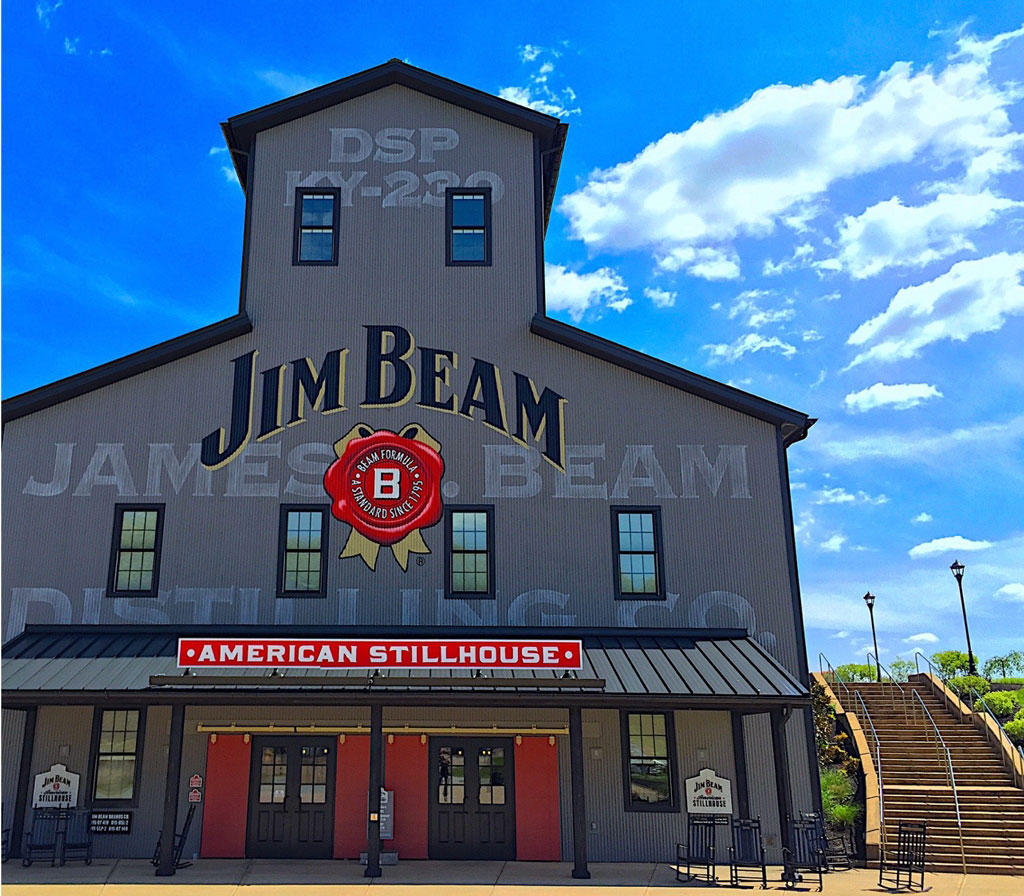By Richard Thomas

Among the Founding Fathers, perhaps the most controversial is Alexander Hamilton. Although many of Hamilton’s ideas and policies proved ultimately beneficial to the early United States, Hamilton’s motives and intentions remain as suspect today as they were at the time. A would-be quasi-aristocrat with one whole foot out of the monarchist closet, Hamilton was an 18th Century bankster, something his whiskey tax and his response to the subsequent Whiskey Rebellion make all too clear.
Hamilton’s Big Business Whiskey Tax
As a realist, I readily concede that a tax on distilled spirits was a virtually inevitable revenue measure for the early Federal government. Taxes on alcohol are a key revenue measure for most non-Muslim governments around the world, and have been for centuries. For example, liquor taxes were so important to the finances of the USSR that Mikhail Gorbachev’s 1985 anti-alcohol campaign had the unintended consequence of throwing Soviet government revenues into a nosedive.
Hamilton’s tax, however, was designed for the purpose of not just raising revenue, but of also promoting the consolidation of the distilling industry into the hands of large producers. Large producers in eastern towns and cities were taxed on what they actually made, in theory because they could be closely monitored, and these big producers could post bonds to differ tax payments until their real tax bill could be assessed. Because they could not be closely monitored, small rural producers were taxed on their potential production, which was always much greater than what any farmer and part-time distiller ever made in practice. Furthermore, frontier farmers rarely, if ever, had the capital to post a tax bond, so they were always charged up front.
Mount Vernon distillery
Then as now, whiskey taxation favored producers with access to large amounts of capital and discouraged small start-up enterprises. Farmer-distillers, for whom whiskey was virtually the only product they could transport and sell for cash, were screwed. Wealthy eastern proto-industrialists, including President George Washington, who ran a still at Mount Vernon many times larger than that of a frontier farmer, were given favorable treatment.
The Whiskey Rebellion
One salient feature of the Whiskey Rebellion of 1791 to 1794 is that the more strictly the tax was enforced, the more violent the response. The worst incidents, such as the infamous 1794 attack on General John Neville’s house, were directed against the least flexible tax agents and marshals. That said, claims of “no taxation without representation” from the frontier were bunk, the law was the law, and some forceful response to enforce the law was required. The tax resistance was the first test of the government’s authority, and it had to be met.
The Federal government raised a militia force of almost 13,000. This was grossly disproportionate, given that the single largest violent incident during the Whiskey Rebellion was the aforementioned attack on Neville, this made by an undisciplined mob estimated at only 500. The main Continental army under Washington had often been smaller than the force raised to put down the rebellion, and it is doubtful that such a huge force would have been raised had it not been for Hamilton spreading so much disinformation about what was actually happening on the frontier. The uprising in western Pennsylvania and thereabouts could have easily been put down by a much smaller force of regional militia, perhaps stiffened by a battalion of regulars from Anthony Wayne’s army, then fighting Indians in the Ohio country.

Hamilton pushed for a military response totally out of proportion to the scale of the resistance, just as his agents grossly exaggerated the scale and intensity of that resistance in the first place. Having used the government to enact laws that did far more than merely protect the interests of his cronies, as any normal politician would do, Hamilton then exaggerated discontent on the frontier so as to raise a huge army for the purpose of putting the people in what he thought of as their proper place. The Whiskey Rebellion was, in fact, only the first time he did such a thing, as Hamilton would attempt a repeat performance during the French war scare some years later.
Lessons Learned from America’s First Bankster
Hamilton’s banksterism neither began nor ended with his whiskey tax machinations, but American excise taxes on spirits have continued along Hamiltonian lines ever since. Consider the recent bill filed by Senators McConnell and Paul of Kentucky. Ostensibly, allowing distillers to deduct interest on whiskey as it ages helps ease the burden on all whiskey-makers. Yet all start-ups and even most well-established micro-distilleries are not in the business of producing aged whiskey. Only the big boys do that, and same as it was in Hamilton’s day, it’s the big boys who will disproportionately benefit.





Sadly for me this isn’t a period in which it solidifies the authority of the federal government, but it’s abuse of its power. Simply one of the first of many abuses it would lead to. Too bad the poor souls of Penn didn’t win the fight. This country has a poor history in respecting property rights of its people, and their basic freedoms. Taxation of products are not required for government services, firstly if a forced taxation is required than the services rendered are not wanted. If those who want the services simply paid fees for them, the problem would be solved. This poses a great issue for government though, it is horrible incompetent at producing anything and if we saw actual price tags of their services we would quickly go to competitors and the government wouldn’t last long against free market alternatives.
The more I read about the Whiskey Rebels sojourn as guests of Pittsburghers on Grant’s Hill, the more I’m convinced that women – not men – crafted the ‘kill them with kindness’ ploy.
Pittsburgh women are rarely mentioned in writings about the Whiskey Rebellion, but they were there & I believe they had impact, even though we’ll likely never be able to prove it b/c men were ever good at giving/sharing credit.
I have 2 women in mind who would have been integral to concocting & carrying out the feast tactic.
Please point me to some documentation: I’d be happy to see if it can be made into an article or chapter in a future anthology.
Other than a passing mention of women having helped serve the feast on Grant’s Hill, I’ve found no other written documentation. But my gut tells me this must’ve happened. In late 1700s Pittsburgh several women owned & operated tavern/inns in town, eg Molly Murphy (widow) & Mrs Semple & her husband. Both of these women had to have been tough & smart. Several other women owned other businesses, most of them were widows. I doubt that, on the heels of the Revolutionary War, they would’ve been interested in another battle.
As you know there is rarely even a mention of the women who lived here in that era, let alone more than a condescending word or two whenever they ARE mentioned. Brackenridge briefly mentions Molly in his non- Whiskey Rebellion writing.
It’s hard for me to believe that he – independently- came up with the idea to invite the rebels to flood into the town & to feed & ‘water’ them with whiskey.
So much of women’s history isn’t hidden, it’s been completely obliterated. My comments are conjecture, but they’re based on having scoured as many sources as I can find for any small shred of a mention of a woman’s participation. Participation?! Hell, I’m thrilled to find even a mention of a woman’s existence!
I am happy to have found your blog, love reading your insights into our history.
Yeap — the problem with women, minorities and the poor is hardly anyone wrote about them (unless they were in rebellion). What we learn often comes more from archaeology than written sources.